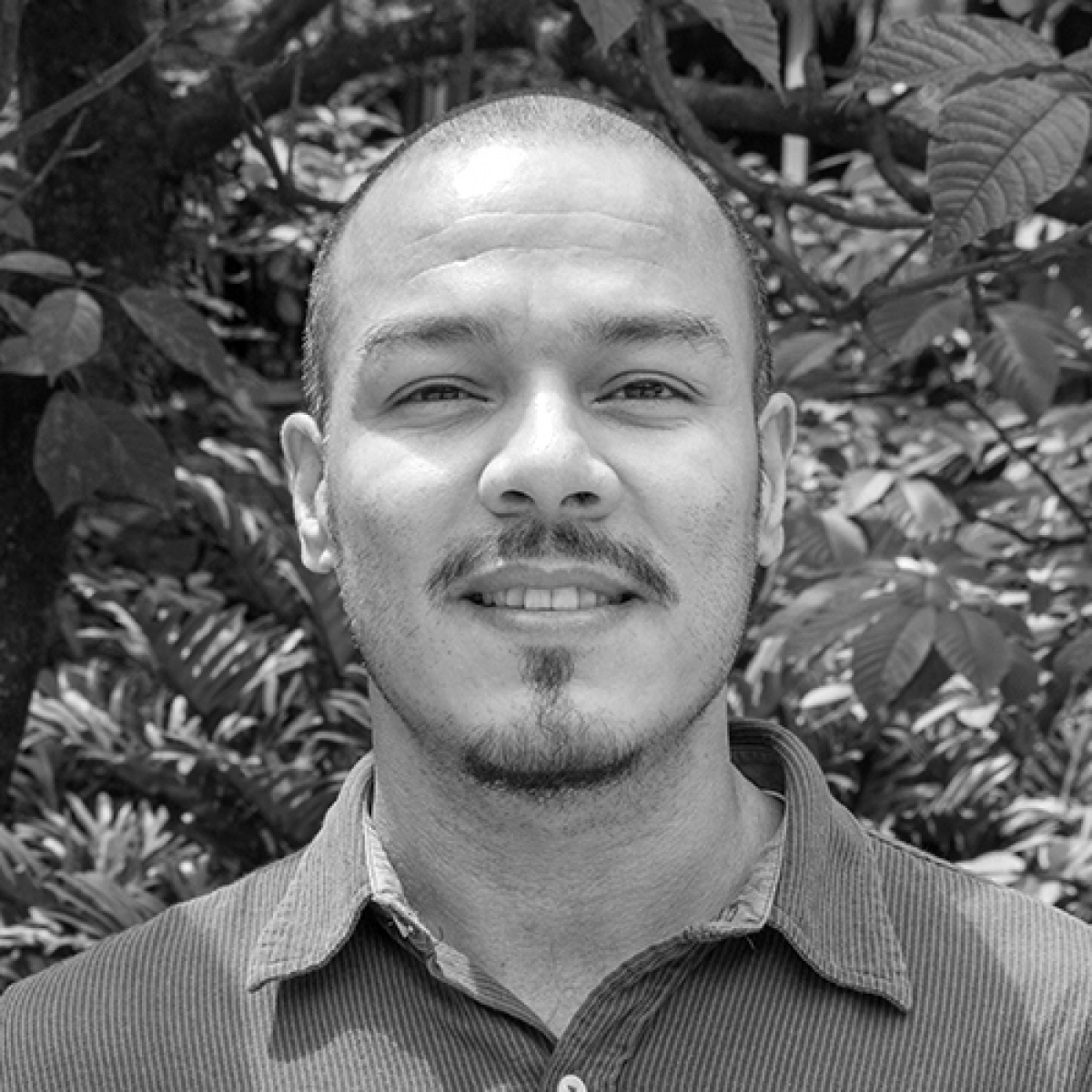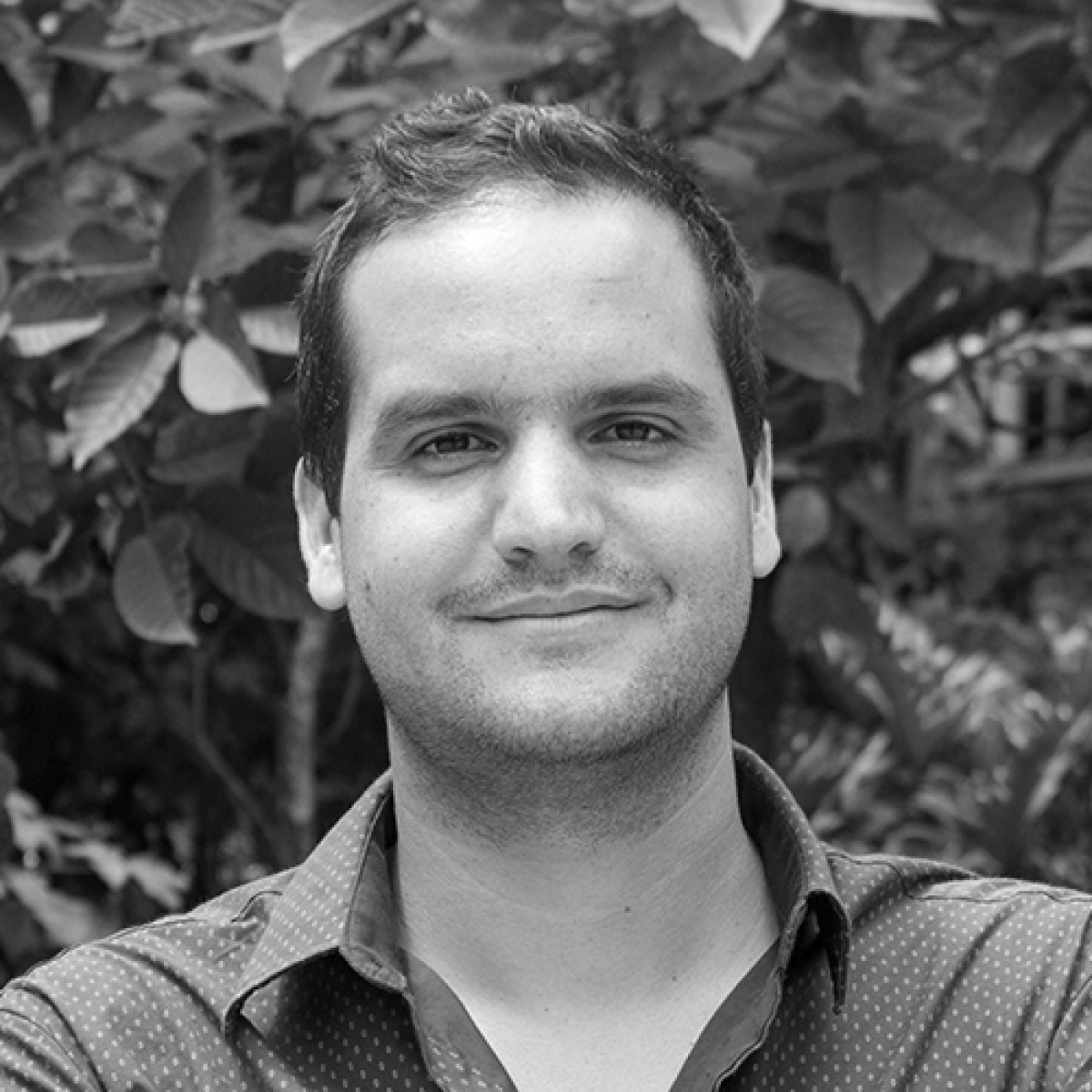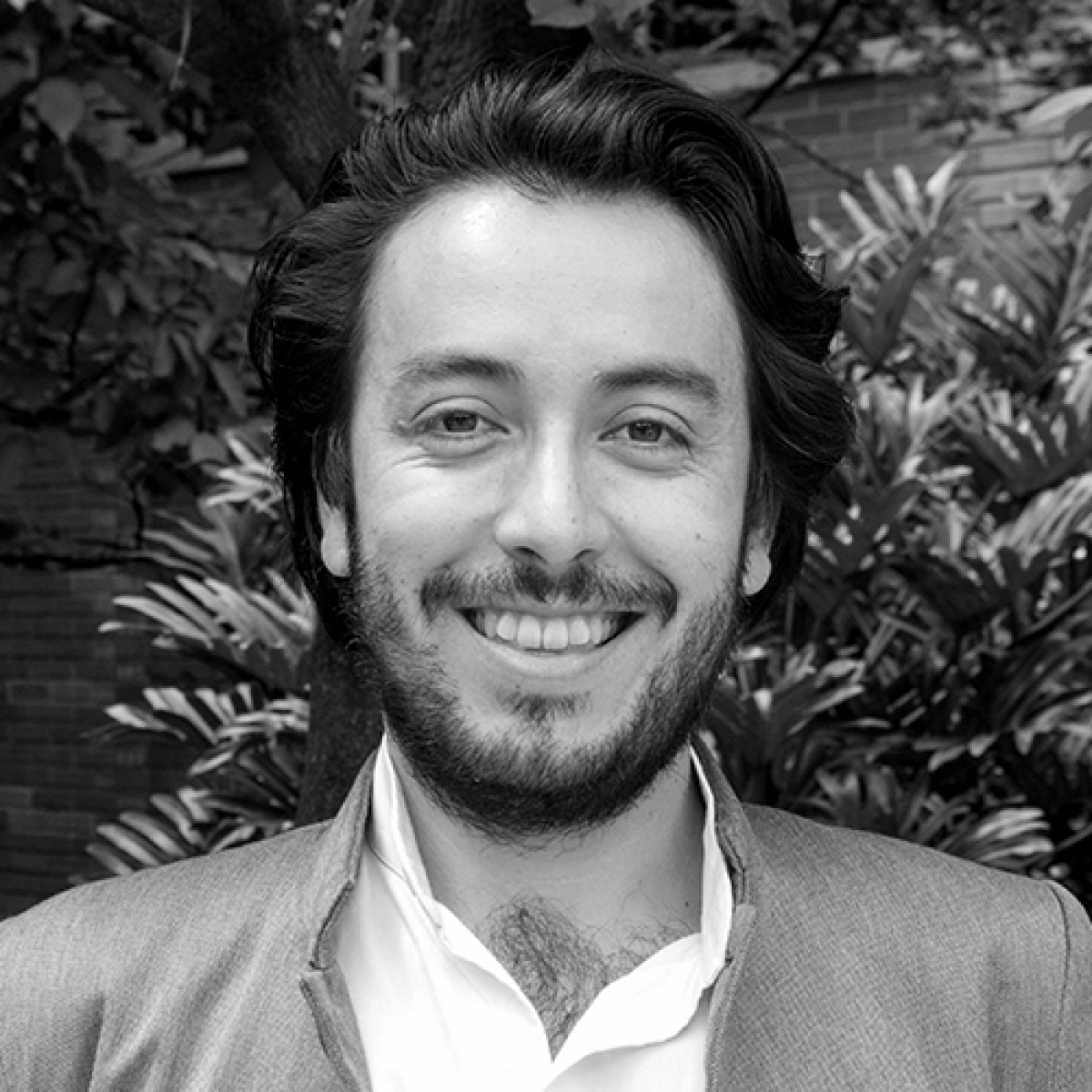
THE CHALLENGE
Displacement is one of the greatest humanitarian challenges of the 21st century. The accelerated rates of forcibly displacement growth worldwide has also, forcibly exacerbated the urban growth of informal settlements in the periphery of cities. This has been creating what has been described as ‘mutant territories’ (CNMH, 2015) and municipalities do not have the infrastructure and capacity to respond to these due to the unpredictable nature and complex understanding of these socio-environmental-political conflicts.
These new forms of ‘forced urbanisation’ often are not officially recognised due to their lack of ‘formality’. Local officials rarely understand their dynamics, creating responses that often exacerbate problems. These ‘invisible territories’ are a confrontation of ‘representation of space’ (how space is conceived) and ‘spaces of representation’ (how the space is ´lived´) that is not necessarily aligned with ‘spatial practice’ and raises the question whether displacement and re-settlement processes are well understood or not.
OUR APPROACH
This research project addresses the global challenge of internal force displacement, rural-urban and interurban migrations and disruptive urban growth. The research contributes to the understanding of spatial production during forced displacement processes by investigating :
- How ´invisible territories´ affect the existing urban tissue?
- What innovative design principles could be introduced to tackle the provision of appropriate long-term housing solutions to displaced populations worldwide?
- How examining spatial (in)justice in displacement-resettling scenarios could inform policies addressing the need for sustainable housing solutions for displaced populations
- What (legal) forms have urban policies assumed in order to encourage spatial forms of alienation?
LATEST DEVELOPMENTS
One of the main findings of our research is that municipalities do not have the infrastructure and capacity to respond to displacement crises, due to the unpredictable nature and complex understanding of these socio-environmental-political conflicts and economic constraints. This has led to the study of how governance takes shape under informal conditions and how can different functional combinations of governance styles be achieved to solve some of the problems that affect self-built neighbourhoods in the city.
Responding to the complex challenge of displacement-resettlement, we have identified two possible routes of action:
a) response in place of resettlement; and b) response in place of origin (of displacement).
For a) we have set up a URBAM-RiSE transdisciplinary collaboration to work on “the urban footprint of forced displacement”. During this collaboration, we have involved several related stakeholders and policy makers (i.e. Personería de Medellin) who will be essential for results dissemination. Results of this collaboration will be published in late 2020 in a peer-review journal article and a forthcoming book chapter.
For b), we have led the initiative “School for Rural Development” which is a transdisciplinary collaboration between three Schools within EAFIT University and stakeholders such as the non-profit foundations ProAntioquia and COMFAMA.
We are also working on a comparative case study of Delhi, Medellin and Cape Town on the theme of “Land occupation in informal settlements”.
People









